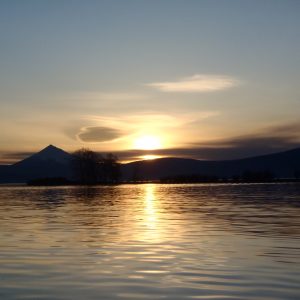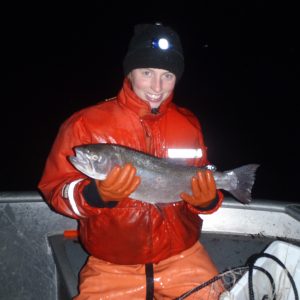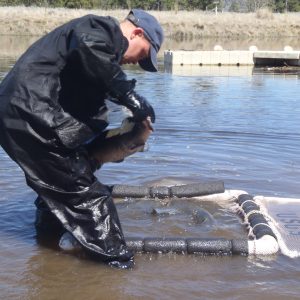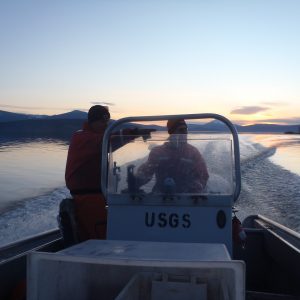A couple of weeks ago, Lauren and I drove out to a new field site, Hellhole Canyon, to scout for new plants. Our first time out to this site was unsuccessful, we ended up at a locked gate. We could see beyond the gate, there was a dirt road, and that is where we needed to be. We decided we would go back to the Beckman Center to thoroughly study some maps so that we could figure out a way to get onto the part that is BLM Land. Once we devised a new plan for getting to the BLM part of the site, we went out again the next day. Lauren and I were both really excited because we were certain our new way would lead us on the right side of the gate, but it didn’t. Instead, the gate was unlocked this time because there were other government employees working, and they let us in so we could check out the site. We didn’t see any new species for vouchering, but the overall view of the site was beautiful!
In the upcoming week I will be going out here again to see if any annuals have popped up after the rain we’ve received since the first time out, I’m looking forward to what we will find!
















